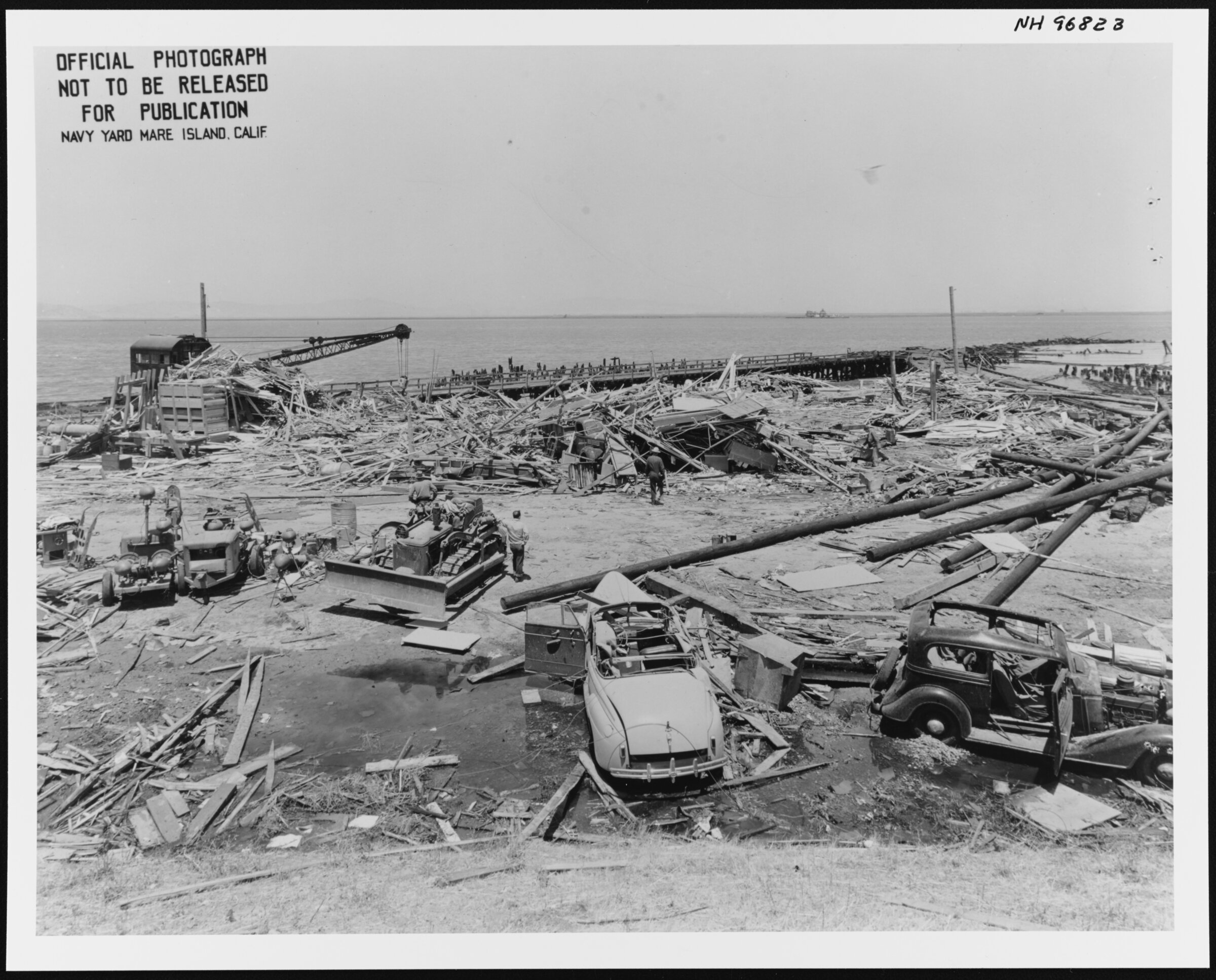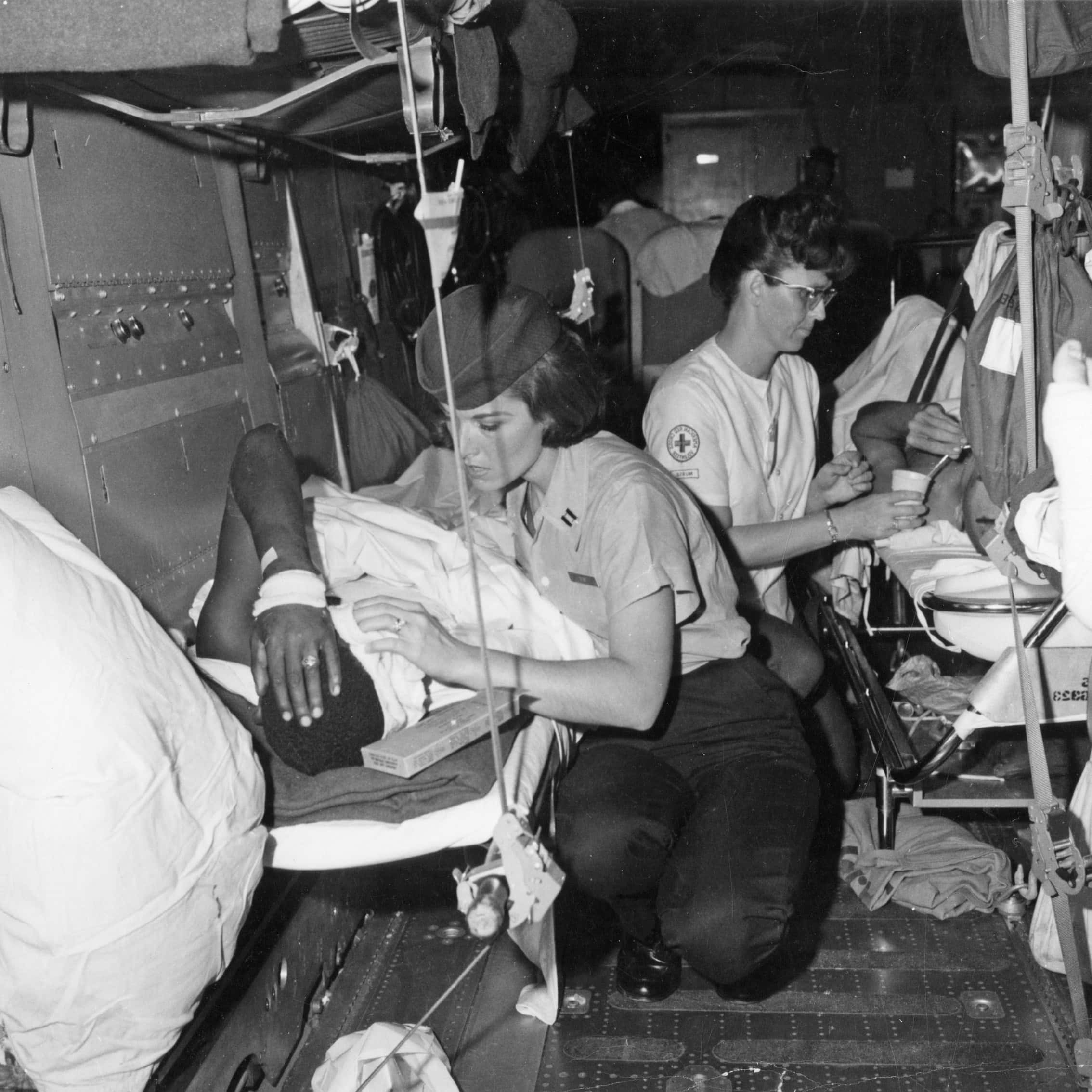Under the rubric “Masters at the Movies,” this column features a variety of articles about film crafted by some of the most accomplished teachers and scholars in the profession. Most of the authors are familiar to AHA members principally in connection with their outstanding general contributions to scholarship rather than because of their specific work on film. Our readers rarely encounter these scholars’ observations about movies and television programs. The “Masters” series invites them to consider how cinema can present exciting opportunities and challenges for interpreting the past. This month’s contribution is from Marilyn Young, who writes about a 2008 movie, The Hurt Locker, which deals with the activities of American soldiers who are responsible for defusing bombs in Iraq.
America’s armed forces have been fighting nonstop in Iraq and Afghanistan since 2003, but when Hollywood filmmakers created movies that dealt directly or indirectly with aspects of these wars, they saw disappointing results at the box office. Some of these movies had impressive casts, such as the 2007 film, Lions for Lambs, featuring Tom Cruise, Robert Redford, and Meryl Streep. Others received critical acclaim but drew small audiences, such as In the Valley of Elah (2007) and Stop-Loss (2008). Lionsgate Theatrical Entertainment’s The Lucky Ones, a story about three Iraq War veterans (directed by Neil Burger and starring Rachel McAdams, Michael Peña, and Tim Robbins), does not specifically mention Iraq. “Nobody’s looking to go to movies that look like homework,” Lionsgate studio’s president Tom Ortenberg told the New York Times. (the Times, April 2, 2008).
Are Hollywood filmmakers becoming excessively timid about questioning America’s engagement in Iraq and Afghanistan, the two particularly controversial U.S. military actions of our times? Hollywood’s reluctance to deal with war issues may relate to producers’ judgments about the mood of audiences. Moviegoers ordinarily do not want to confront weighty issues about politics and foreign policy when they go out for an evening’s entertainment at their local theater. Filmmakers sense, too, that it is difficult to anticipate public opinion regarding these wars in advance of production. Public attitudes about U.S. involvement in Iraq and Afghanistan have shifted quickly in recent years. Moviemakers do not know which messages about war-making will resonate long after script writing and production begin. Consequently, they have become quite cautious about raising provocative questions. Moviemakers are not saying much in their recent films about why American soldiers are in Iraq, and they say little about the consequences of U.S. military actions there.
Marilyn Young is not pleased with this timidity. In a fascinating essay about The Hurt Locker, a much-acclaimed movie, Young criticizes the filmmakers for their “lack of an overt position on the war in Iraq” and their tendency to portray Americans as the targets of bombs in Iraq “rather than the ones who drop the bombs.” She praises the makers of another film, In the Valley of Elah, observing that they dealt more directly with the unfortunate consequences of U.S. military actions.
How should we judge The Hurt Locker? Can we applaud the artists behind it for delivering a suspenseful and emotion-packed war picture that focuses tightly on the dangers faced by the heroic men who defuse bombs? Or should we object to the filmmakers’ inattention to the larger issues concerning America’s military presence in Iraq? Readers of Marilyn Young’s poignant essay are likely to order a DVD copy of The Hurt Locker to make their own judgment.
Marilyn Young is professor of history at New York University. Among her many books are The Vietnam Wars, 1945–1990, Rhetoric of Empire: American China Policy, 1875–1901, and the coauthored Transforming Russia and China: Revolutionary Struggle in the Twentieth Century.



